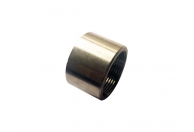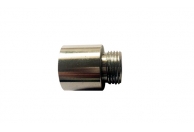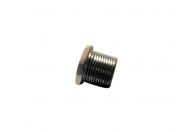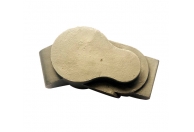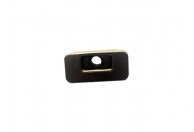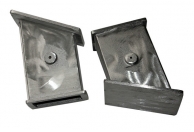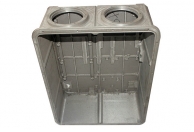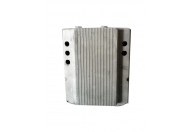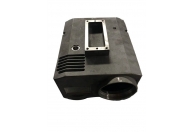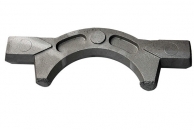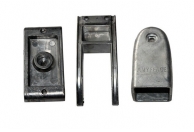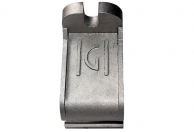- News Center
 Company news
Company news Industry information
Industry information
- Stainless steel 06
- Stainless steel 07
- Stainless steel 05
- Stainless steel 03
- Stainless steel 04
- Stainless steel 01
- Stainless steel 02
- Aluminum castings 05
- Aluminum castings 04
- Aluminum castings 03
- Aluminum castings 02
- Aluminum castings 01
- Aluminum die-casting product 08
- Aluminum die-casting product 07
- Aluminum die-casting product 06
- Aluminum die-casting product 05
Industry information
Position:Home > News Center > Industry information
- Conventional heat treatment process for die casting die
- Editor:Hangzhou Hongcheng Pml Precision Mechanism LtdDate:2016-12-19 16:01 Click:
heat treatment technology is widely used in die casting mold manufacturing, it can improve the performance of mold parts and prolong the service life of dies. In addition, heat treatment can also improve the processing performance of die casting die, improve processing quality and reduce tool wear, so it plays a very important role in mould manufacturing.
die casting die is mainly made of steel, the conventional heat treatment in its manufacturing process is spheroidizing annealing, stabilizing treatment, quenching and tempering, quenching and tempering. Through these heat treatment processes, the microstructure of the steel is changed to make the die casting mold obtain the required microstructure and properties.
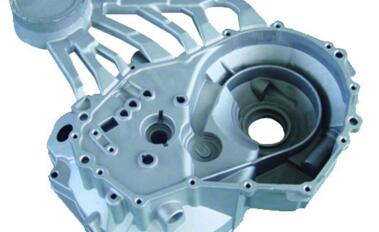 1. preprocessing
1. preprocessing The die casting die after forging must be annealed by spheroidizing or quenching and tempering. On the one hand, it can eliminate the stress, reduce the hardness, and facilitate the machining. At the same time, it is prepared for the final heat treatment. After annealing, uniform microstructure and dispersed carbide can be obtained to improve the strength and toughness of die steel. Because quenching and tempering treatment is better than spheroidizing annealing, the mold with high strength and toughness is often replaced by quenching and tempering instead of spheroidizing annealing.
2. stabilization treatment
In general, die casting dies are more complex, resulting in greater internal stress during rough machining and distortion during quenching. In order to eliminate stress, the stress annealing should be carried out after rough machining, that is, stabilization.
the process is: the heating temperature is 650 degrees -680 -680, and the air is cooled after heat preservation. The die-casting die with complicated shape needs to be cooled below 400 degrees Celsius. After quenching and tempering, the die will be processed by EDM. The surface of the die will produce a metamorphic layer, which will cause cracks in the wire cut and stress annealing at lower temperature.
3. quenching preheating
die casting die steel is mostly high alloy steel, because of its poor thermal conductivity, it must be carried out slowly during quenching and heating, and preheating measures are often adopted. For the mould with low deformability, the number of preheating can be less in the case of no cracking, but the mould with high deformation requirement must be preheated many times. Preheating at a lower temperature (400 -650 C) is usually carried out in an air furnace. The salt bath furnace should be used for preheating at higher temperature, and the preheating time is still at 1 min/mm.
4. quenching and heating
for the typical die casting die steel, high quenching temperature can improve the ability of thermal stability and softening, reduce the tendency of thermal fatigue, but it will cause grain growth and grain boundary to form carbides, make the toughness and plasticity decrease and cause serious cracking. Therefore, when the die casting die requires high toughness, low temperature quenching is often adopted, and higher temperature quenching is required when the high temperature strength is required.
in order to obtain good high temperature performance, the carbide can be dissolved fully, and the austenite with uniform composition is obtained. The quenching and holding time of the die casting die is long, and the heat preservation coefficient of the salt bath furnace is generally 0.8-1.0 min/mm.
5. quenching and cooling
oil cooling for the die casting die with simple shape and low deformable requirement; and the die casting die with complex shape and high deformable requirement is used for grading quenching. In order to prevent deformation and cracking, no matter what cooling method is used, it is not allowed to cold to room temperature. It should be cold to 150 -180 C, and the heat can be tempered immediately after a certain time of heat. The heat time can be calculated according to 0.6 min/mm.
6. tempering
die casting die must be fully tempered, usually tempered three times. The first tempering temperature is selected at the temperature range of the two hardening; the second tempering temperature is chosen to make the mold reach the required hardness; the third tempering is less than second times l0 C -20 C. After tempering, oil or air cooling are used, and the tempering time is not less than 2H.





